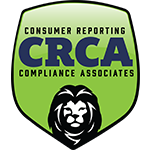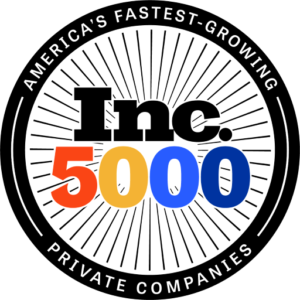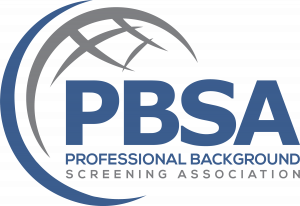
Written By: Jesus Munoz
In today’s workplace, ensuring a safe and productive environment is more important than ever. One effective way to achieve this is through employee drug testing. With various methods available, it’s crucial to understand each one to make the best choice for your organization. In this blog post, we’ll explore the most common drug testing methods, their benefits, and their limitations to help you make an informed decision.
1. Urine Testing
Overview: Urine testing is the most widely used drug testing method. It involves analyzing a urine sample for traces of drugs or their metabolites. This method is popular due to its cost-effectiveness and established reliability.
Benefits:
- Cost-Effective: Generally less expensive compared to other methods.
- Widely Accepted: A long history of use in various industries.
- Broad Detection Range: Capable of detecting a wide range of substances, including amphetamines, cocaine, marijuana, and opioids.
Limitations:
- Shorter Detection Window: May not detect substances used immediately before testing.
- Potential for Tampering: There is a risk of sample adulteration or substitution.
2. Blood Testing
Overview: Blood testing involves drawing a blood sample and analyzing it for the presence of drugs. This method is often used for its accuracy and the ability to measure the current level of substances.
Benefits:
- High Accuracy: Provides precise information about drug concentration.
- Current Use Detection: Useful for identifying recent drug use.
Limitations:
- Invasive: Requires a needle, which can be uncomfortable and may deter some employees.
- More Expensive: Generally costs more than urine testing and may require specialized facilities.
3. Saliva Testing
Overview: Saliva testing involves collecting a saliva sample using a swab. This method is appreciated for its simplicity and non-invasive nature.
Benefits:
- Non-Invasive: Easy to administer and less invasive than blood tests.
- Quick Results: Results can be available relatively quickly, often within minutes to a few hours.
- Recent Use Detection: Ideal for detecting recent drug use.
Limitations:
- Short Detection Window: Effective for identifying recent drug use but may not detect substances used more than a few hours before testing.
- Substance Limitations: May not detect all types of drugs with the same reliability as urine or blood tests.
4. Hair Follicle Testing
Overview: Hair follicle testing involves analyzing a small sample of hair for traces of drugs. This method is valued for its long detection window and difficulty in tampering.
Benefits:
- Long-Term Detection: Can detect drug use over a period of up to 90 days.
- Tamper-Resistant: Harder to alter or adulterate compared to other methods.
Limitations:
- Costly: Generally more expensive than urine or saliva tests.
- Not for Recent Use: Less effective for detecting very recent drug use as it requires time for drugs to be incorporated into the hair.
Choosing the Right Method
Selecting the right drug testing method for your organization depends on various factors including your budget, the type of drugs you need to test for, and how recent the drug use needs to be detected. It’s important to weigh the pros and cons of each method to align with your company’s specific needs and goals.
Need Expert Advice?
If you’re unsure which method is best for your organization, we’re here to help! Contact us at info@crcascreening.com for personalized recommendations and support in implementing an effective drug testing program.
By choosing the right drug testing method, you’re not just complying with regulations—you’re investing in a safer and more productive workplace.
Stay informed, stay safe!
#DrugTesting #WorkplaceSafety #HR #EmployeeWellness #BusinessManagement #SafeWorkplace #DrugTestingMethods




